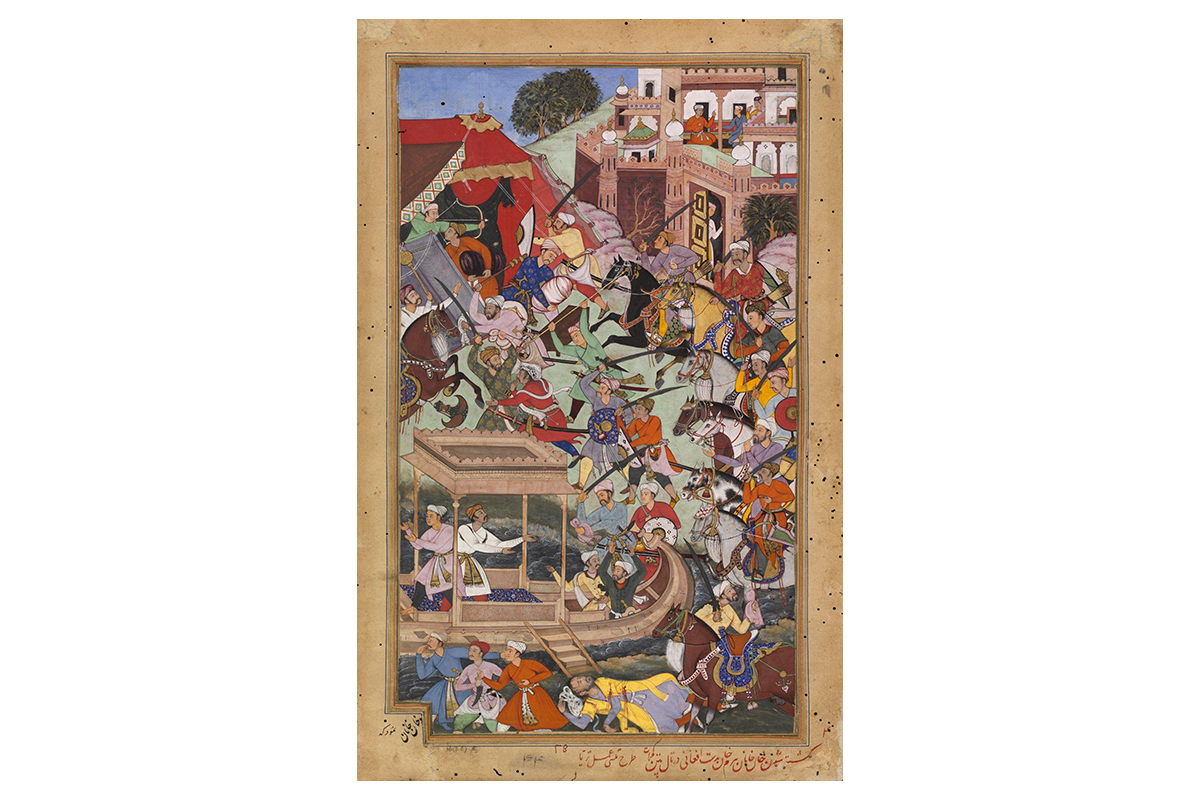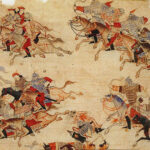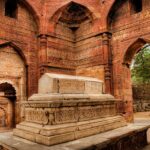New Ethnic and Military Identities Emerge in Northern India
1450–1500
The migration of individuals from different tribes of what is now Afghanistan to the plains of northern India provides for a significant Afghan presence in the armies of the Lodi and Sur dynasties.
The movement of traders and soldiers will continue until the eighteenth century. In late medieval India, terms like Afghan and Rajput are used not just to signify ethnic identity, but also the military affiliation of a new class of peasant-warriors in the northern and central parts of the country. Members of these hitherto agrarian groups are recruited by contractors for warlords who provide military services to different regional states that emerge in the aftermath of a weakened Delhi Sultanate and Timur’s raid on Delhi. The development of a distinct military affiliation also sets the stage for the crystallisation of ethnic identities, where genealogies are linked to mythical dynasties and new territories are founded in present-day Gujarat, central India and Rajasthan.
Bibliography
Archambault, Hannah. “Afghan Circulations in the Persianate World, c. 1000–1800.” Oxford Research Encyclopedia of Asian History. April 19, 2023. Accessed October 9, 2023. https://oxfordre.com/asianhistory/view/10.1093/acrefore/9780190277727.001.0001/acrefore-9780190277727-e-700.
Kolff, Dirk H. A. Naukar, Rajput, and Sepoy: The Ethnohistory of the Military Labour Market of Hindustan, 1450–1850. Cambridge: Cambridge University Press, 1990.
Wink, André. “Afghan Caravan Trade and Imperialism in India.” Chungara Revista de Antropología Chilena 51, no. 1 (2018): 111–20. https://doi.org/10.4067/S0717-73562018005001603.
Feedback 
This entry appears in
Art in South Asia
Visit Timeline
Associated Timeline Events
First Published: March 11, 2024
Last Updated: August 5, 2024








